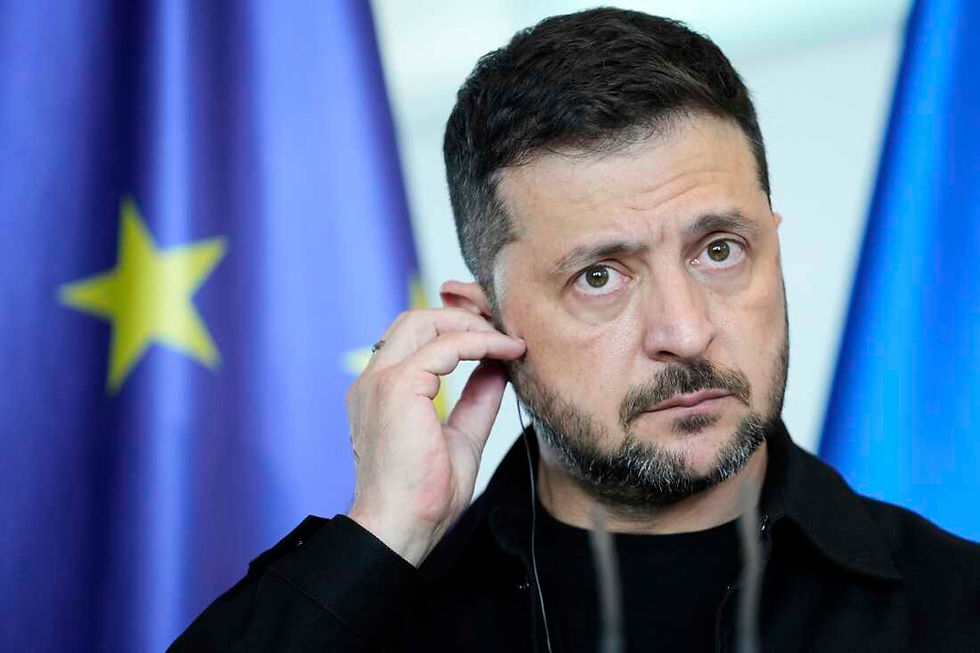Video and report: Ukraine attacked Russia's "danger zone."
- Masina Khan
- Aug 26, 2022
- 4 min read
The new tactic aims to destroy weapons and ammunition caches and disrupt key transit routes. Ukrainian MLRS Grad is shot down from Ukrainian positions in the Luhansk region. August was challenging for Russia's armed forces and the leadership's political prestige, as large munitions explosions took place in Crimea for the first time. A drone strike on the headquarters of the Black Sea Fleet in Sevastopol on July 31 was followed two weeks later by even more devastating explosions at the airport and ammunition depot.
On August 18, another airfield in Crimea and an ammunition depot in Russia's Belgorod region, bordering northern Ukraine, were hit following reports that the Russian command had moved aircraft to southwestern Russia. Some media quoted anonymous Ukrainian officials as saying that the explosions were the work of special operations forces and local guerrilla fighters. From August 18 to 22, there were further attacks on other Russian targets in the occupied eastern and southern Ukrainian territories. Russian media reported that an attempted drone strike on the Kerch Bridge, which connects the Crimean peninsula to Russia, failed to destroy a key transit route. The pushback follows weeks of warnings that the Ukrainian side lacks serious firepower.
In an early August Facebook post that went viral, young Ukrainian officer Sergiy Gnezdilov described "6,500 shells [falling on] one damn village in less than 24 hours" and called for heavier weapons. "This is a fucking meat grinder," wrote Gnezdilov from Pisky near Donetsk, adding: "We need artillery. At least give us something here to keep us on the ground." Ukraine's armed forces still lack precision long-range weapons and now appear to be using drone strikes and guerrilla tactics to hit strategic targets along the border on the Russian side. Mykhaylo Samus, deputy director of international affairs at the Center for Military, Conversion and Disarmament in Kyiv, described the area several tens of kilometres from the Ukrainian border as a "danger belt." "We could liberate the whole territory, but if we don't launch an operation on Russian territory, if we don't destroy their ammunition depots there, they will still be able to shell Ukrainian territory," he told IWPR. Ukraine lacks accurate, long-range artillery capable of reaching this danger zone. Its Western allies are reluctant to supply such weapons, which is a step closer to direct military conflict with Russia.
The precision missiles supplied to Ukraine in small numbers by the US and several EU countries are too expensive and rare to fire at small targets such as Russian vehicles and front-line military equipment, argued Ukrainian military expert Roman Svytan. Russia has also gone to great lengths to discredit Ukraine's ability to use these Western-supplied weapons properly. This culminated in an explosion at a detention center holding Ukrainian prisoners of war from the Mariupol Azov Regiment in occupied Olenivka near Donetsk. According to the Russian side, at least 50 detainees were killed in the strike, which Russia attributed to a Ukrainian HIMARS attack; Ukraine and Western military experts insisted that an explosion from inside the facility killed the detained soldiers. But along the front line, Western-supplied weapons have helped deter further Russian offensives by allowing Ukrainian armed forces to destroy dozens of ammunition depots. Military experts note that Russia was still using its century-old approach to supply routes." These are old logistics systems. We know them very well," said Svytan. "All their logistics are tied to the railway.
They make terminal bases in the areas of railway hubs. As I see it, the Ukrainian military command decided to burn these terminals first of all." The successful targeting of ammunition depots closer to the front line means that Russia will not be able to apply the firewall tactics that have already destroyed several cities and towns in eastern Ukraine, Samus emphasized. "Russia is running out of ammo," he continued. "The Soviet Union produced a lot of munitions. Unfortunately, almost all of them ended up in Russia. Western weapons are needed to prevent them from being used, from transporting ammunition to Ukraine." Mykola Sungurovsky, director of military programs at the Razumkov Center think tank in Kyiv, noted that the weapons and ammunition used by Russia either date back to the 1960s or were mass produced by an operating conglomerate of Russian manufacturers. These artillery and missile pieces do not require high-end equipment to shoot. He said that western weapons allowed Ukrainian forces to compete with quality over quantity. "Russia will fire 40,000 to 80,000 artillery shells at us in 24 hours, and that's not even counting the mortars," said Andriy Rymaruk, head of the military department of Poverty's Zhivem (Come Back Alive), which provides military aid to the Ukrainian army. That meant Ukraine needed much more Western aid, he continued.
Problems have also arisen with deliveries that Ukraine has already received. A research team from the British Royal United Services Institute wrote in a recent report that the howitzers supplied by different countries had completely different maintenance requirements and did not use the same charges, fuses and sometimes shells. "The current approach of each country donating a battery of weapons piecemeal is quickly turning into a logistical nightmare for Ukrainian forces, with each battery requiring a separate training, maintenance and logistics channel," the report said.
Rymaruk agreed that the Ukrainian army needed a more systematic approach to supply. His organization is now busy supplying more drones to front line troops; a medium that allows Ukraine to hit targets further than the Western missiles it has received and ensures an immediate flow of reconnaissance information from the war zone." "There can't be enough unscrewed aerial vehicles. There may be only a few," said Rymaruk. "There are forces and tools that can prevent them, but without them, it is impossible to wage war."









Comments